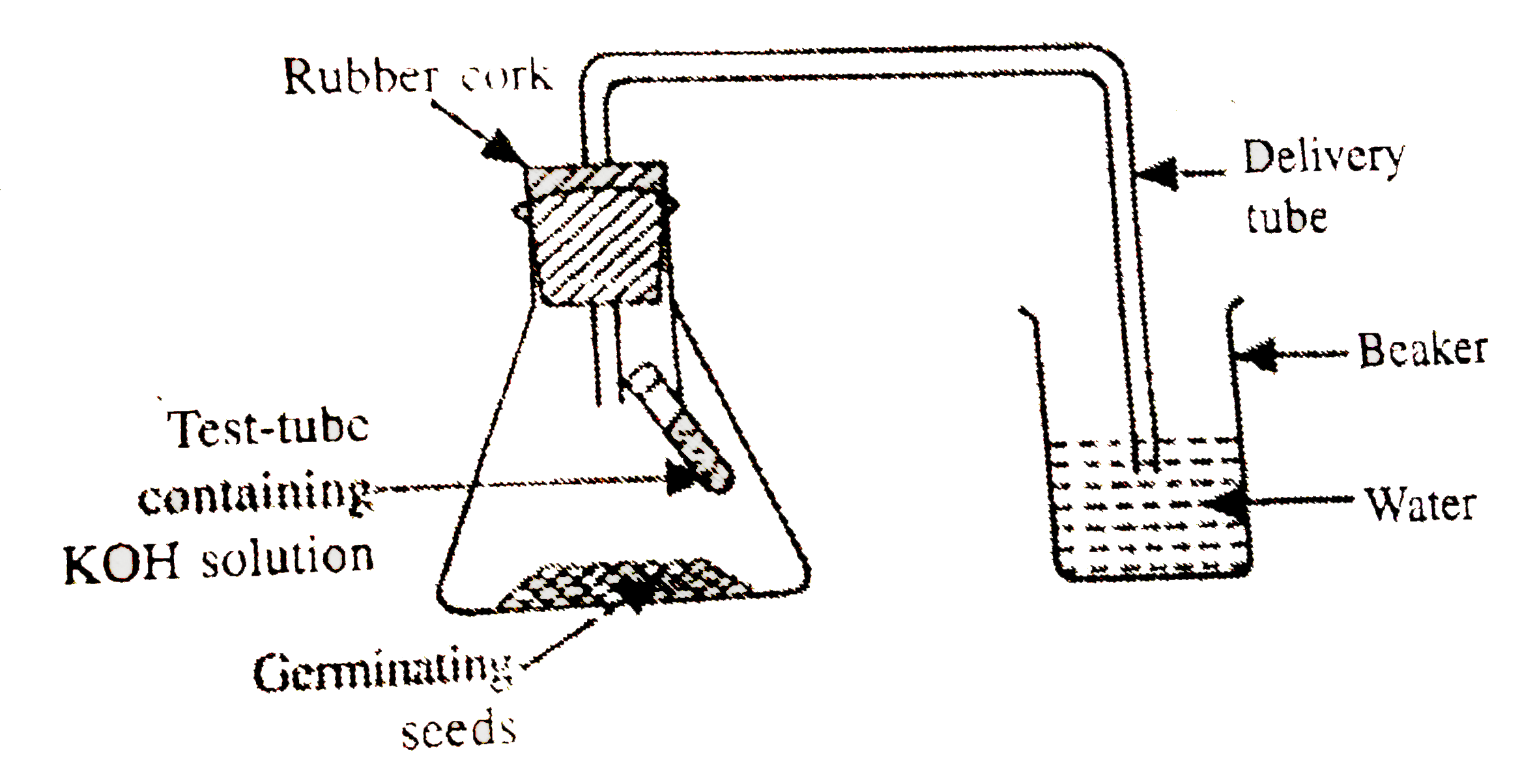Take a 100 ml beaker.
Fill half the beaker with water and mark the level of water.
Dissolve some salt/sugar with the help of glass rod.
Observe any change in the water level.
What do you think has happened to the salt?

The salt dissolves in water (i.e., it spreads. out throughout water).
Topper's Solved these Questions
- MATTER IN OUR SURROUNDINGS BOOK - NAND LAL PUBLICATIONCHAPTER - MATTER IN OUR SURROUNDINGS EXERCISE - ACTIVITY 1.2
2 Videos
- MATTER IN OUR SURROUNDINGS BOOK - NAND LAL PUBLICATIONCHAPTER - MATTER IN OUR SURROUNDINGS EXERCISE - ACTIVITY 1.3
4 Videos
- ATOMS AND MOLECULES BOOK - NAND LAL PUBLICATIONCHAPTER - ATOMS AND MOLECULES EXERCISE - ADDITIONAL QUESTIONS (LONG ANSWER TYPE QUESTIONS)
1 Videos
- STRUCTURE OF THE ATOM BOOK - NAND LAL PUBLICATIONCHAPTER - STRUCTURE OF THE ATOM EXERCISE - ADDITIONAL QUESTIONS (LONG ANSWER TYPE QUESTIONS )
1 Videos
Similar Questions
Take two identical 100cm3 beakers. Fill one beaker completely with water and the other with kerosence oil. Place the beakers in the scale pans of an ordinary beam balance. It is observed that the beaker filled with water have more mass than the beaker filled with kerosene oil. This is because
View SolutionWhat is the change that takes place when common salt is dissolved in water?
View Solution
Knowledge Check
When we add some salt to water and dissolve it, which of the following statements explains the changes taking place?
AIt is a chemical change because a new substance is formed.BIt is a chemical change because there is exchange of heat.CIt is a physical change because the original substance can be recovered.DIt is a chemical change because there is a change in colour.A beaker is half filled with water. It is allowed to slip down an inclined plane with angle of inclination θ to the horizontal. The level of water in the beaker will be :-
A B
B C
C D
D
An experimental set-up is given here to demonstrate that CO2 is given out during respiration. Four students made the following observations marked as I, II, III and IV.
I. Level of water remained the same in both the beaker and the delivery tube
II. Level of water increased in the delivery tube
III. Level of water reduced in both the beaker and the delivery tube
IV. Water ascends into the delivery tube and back flows into the beaker.
Which one of the above is the correct observation?
 AIBIICIIIDIV
AIBIICIIIDIV
Prachi took 50 mL of water in two beakers at room temperature and added sodium chloride to one beaker while sugar to the other, till no more solute would dissolve. Then she heated the contents of the beakers and added more solutes in them.
(a) Will the amount of salt and sugar that can be dissolved in water at given temperature same ?
(b) What will you expect to happen if she cools the contents of the beakers ? Justify your answer.
View SolutionDissolve two spoons of common salt in half a cup of water. Now if you want to get the salt back, what will you do?
View SolutionTwo identical beakers are filled with water. One of them has an ice block floating in it. The level of water in both the beakers is same. Which beaker will weigh more? Will your answer change if water is replaced with a liquid of higher density in the beakers?
View SolutionA glass beaker is placed partially filled with water in a sink it has a mass of 390 gm and an interior volume of 500cm2 when water starts filling the sink, it is found that if beaker is less than half full it will float but if it is more than half full it remains on the bottom of the sink as the water rises to its rim, what is the density of the material of which the beaker is made?
View SolutionWhen some dry soil is added to water in a beaker and stirred with a glass rod, bubbles are seen coming out of the soil. What do these bubbles consist of ?
View Solution
